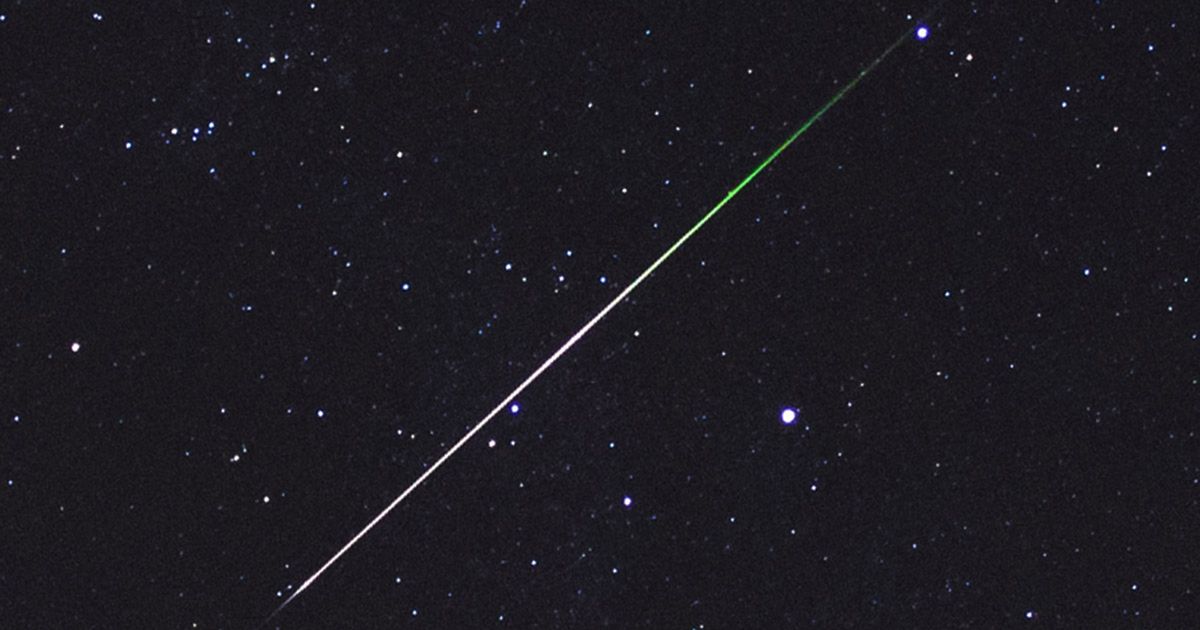
The Election Day asteroid isn’t end times.
You may have seen headlines recently warning about an asteroid “zooming towards us” just before Election Day in November. But while the threats from climate-amplified wildfires, a hyperactive hurricane season, and the worst pandemic in a century are real, this asteroid (known as “2018 VP1”) poses little to no hazard to our planet. Astronomers identified the small asteroid in 2018. They’ve never been alarmed.
Here’s what to know about 2018 VP1, predicted to pass by Earth on Nov. 2, 2020, the day before Americans make their final choice and polls close.
It’s tiny
The European Space Agency calls 2018 VP1 a ” tiny little thing.”
It’s around 2.4 meters, or nearly eight feet, in diameter (though it could be a little smaller or bigger).
Crucially, small asteroids break up in Earth’s atmosphere when they succumb to intense heat, creating bright, glowing streaks in the atmosphere. For reference, an asteroid some 10 to 20 feet across zipped by Earth on Aug. 16. It passed just 1,830 miles above the planet’s surface, a record for a Near Earth Asteroid, or NEA, that didn’t strike Earth.
This rock, perhaps slightly bigger than 2018 VP1, is “very small by asteroid standards,” according to NASA.
“If it had actually been on an impact trajectory, it would likely have become a fireball as it broke up in Earth’s atmosphere, which happens several times a year,” wrote NASA.
(For reference, the Chelyabinsk Meteor that dramatically exploded over Russia in 2013 was “house-sized,” explained NASA. The explosion’s shockwave injured over 1,600 people, largely from broken glass.)
An impact isn’t imminent
The European Space Agency projects this “tiny little thing” has a 1 in 193 chance of hitting Earth in November. Yes, that’s a “(relatively) high chance” for an asteroid. But it’s still less than half of a percent.
How would you bet?
An impact would likely be harmless
Let’s say this “tiny little thing” barrels into Earth. As described above, 2018 VP1 would likely break apart in the atmosphere. This might look cool at night, but it certainly isn’t a planetary threat.
NASA has a way of measuring impact hazards, called the Palermo Technical Impact Hazard Scale. Anything less than -2 on the scale has “no likely consequences.”
2018 VP1 comes in at -3.57, not close to something that NASA says “would merit careful monitoring.”
It’s true that small fragments of a largely vaporized asteroid, after burning up in the atmosphere, can fall to the ground, becoming highly prized, intriguing meteorites. This would be a normal event.
2018 VP1 isn’t coming to pummel Earth. But it could majestically streak across the sky.
